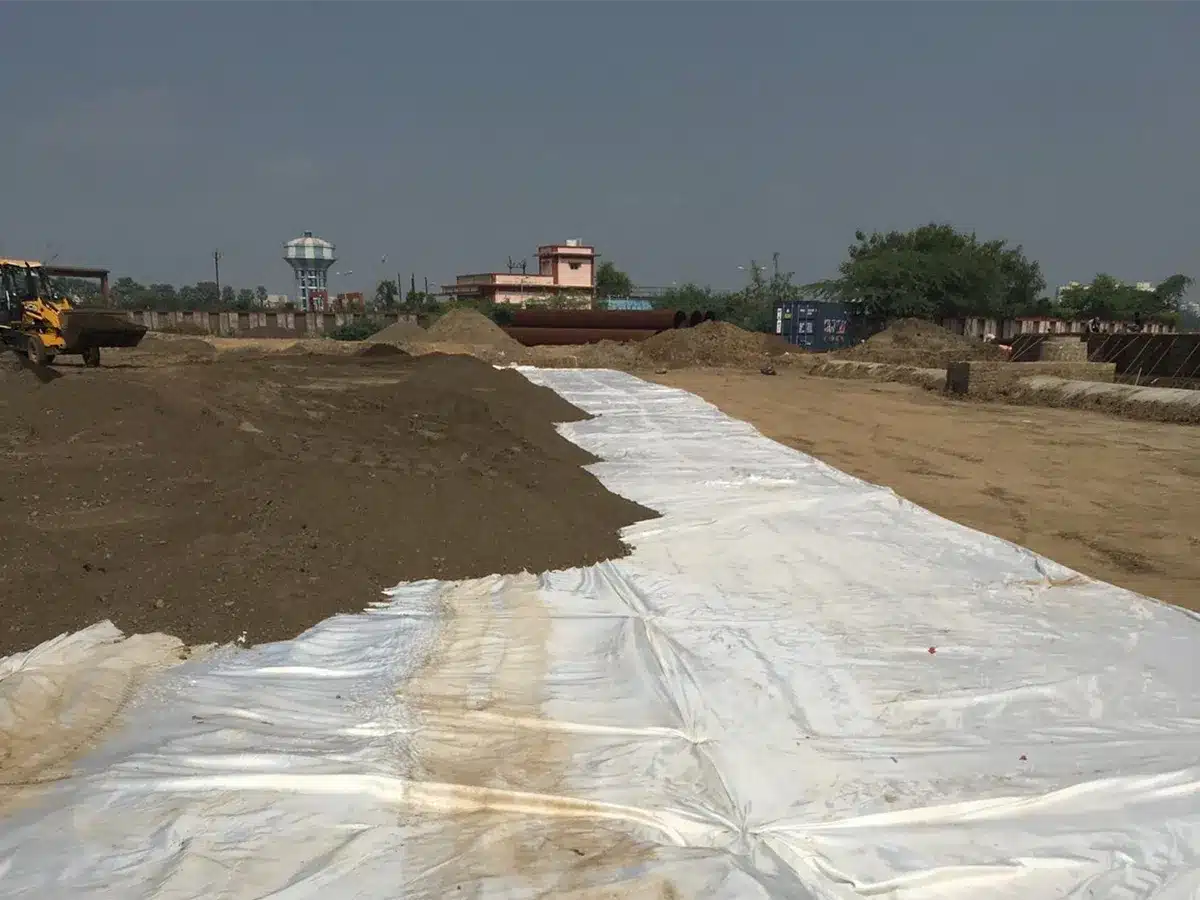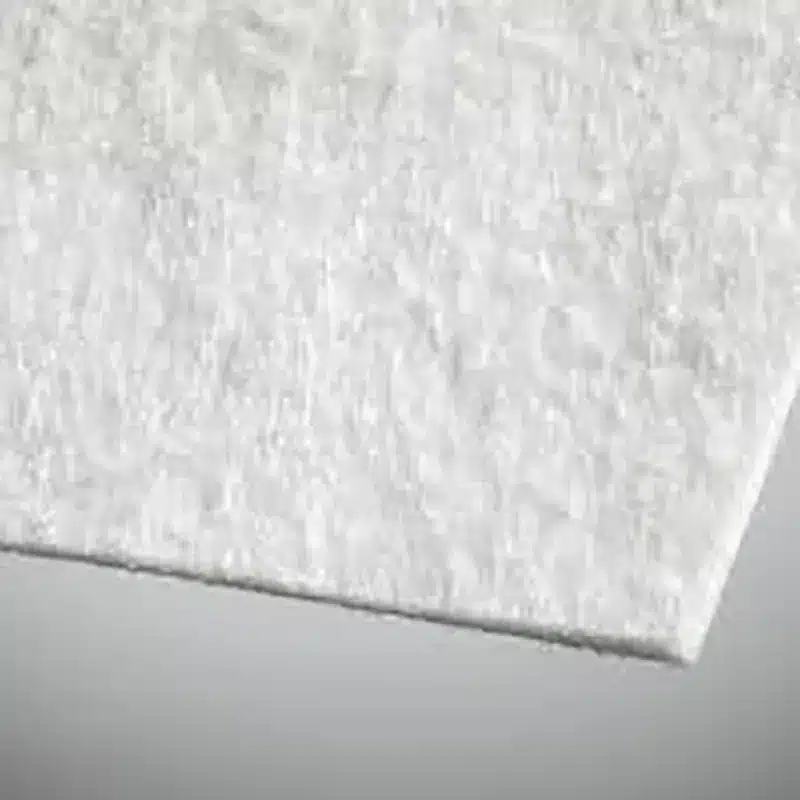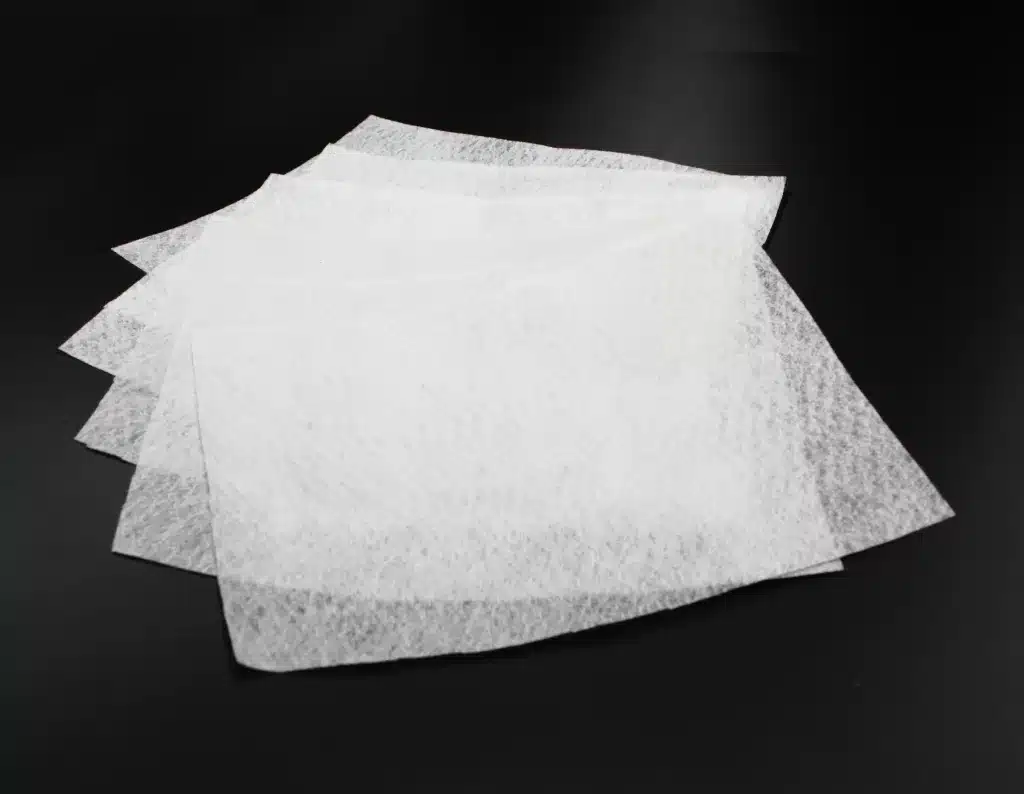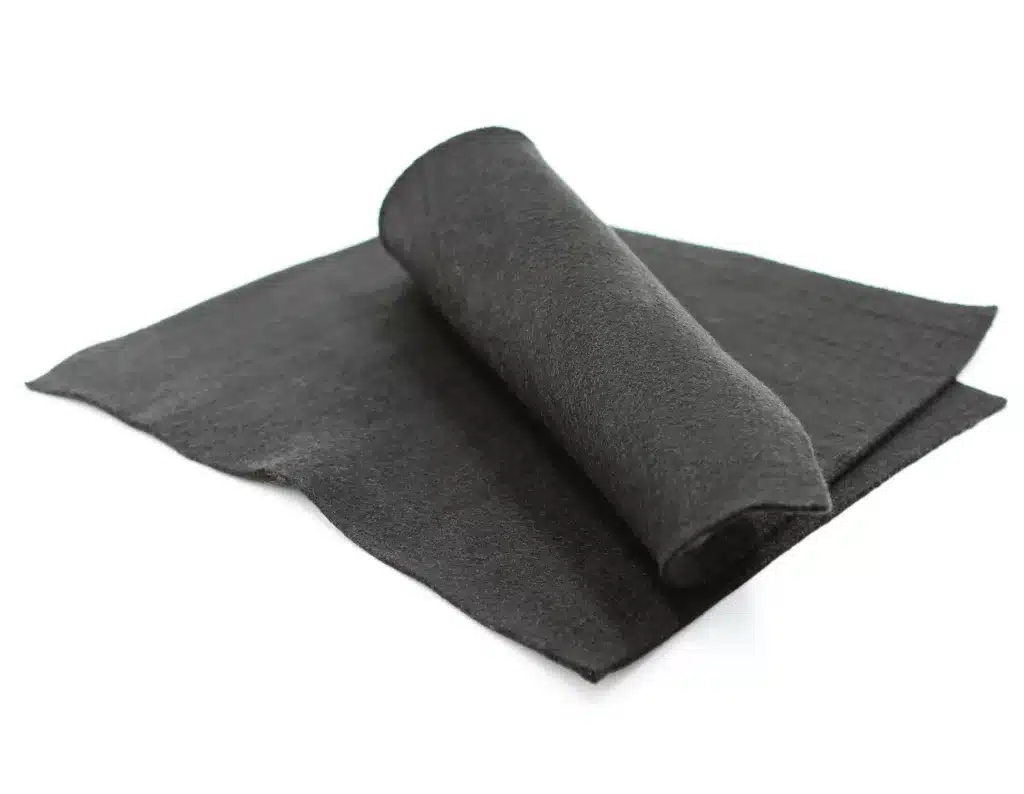The Importance of Retaining Wall Geotextile Fabric in Geosynthetics Applications
Retaining wall geotextile fabric plays a crucial role in enhancing the performance and longevity of retaining walls. As part of the geosynthetics industry, geotextiles are essential in soil stabilization, erosion control, and drainage solutions. In this article, we will address common questions surrounding retaining wall geotextile fabric and its applications.
What is retaining wall geotextile fabric?

Retaining wall geotextile fabric is a specially engineered textile material used in the construction of retaining walls to improve stability and function. Made from synthetic fibers, these fabrics are designed to filter, separate, and drain water from behind the wall, preventing soil erosion while maintaining the integrity of the structure. The fabric helps to distribute forces evenly across the wall and prevents soil migration, which could weaken the retaining structure.
How does geotextile fabric benefit retaining walls?
The primary benefits of retaining wall geotextile fabric include enhanced drainage, soil reinforcement, and prevention of clogging. The fabric allows water to pass through while preventing fine particles from seeping out, which can lead to wall failure. By improving drainage behind the wall, geotextile fabric reduces hydrostatic pressure, which can otherwise cause cracking or bulging. Additionally, the fabric provides added stability by reinforcing the soil, helping the wall better resist lateral forces.
What types of geotextile fabrics are used for retaining walls?

There are two main types of geotextile fabrics used in retaining wall applications: woven and non-woven. Woven geotextiles are made from interlacing fibers and offer high tensile strength, making them ideal for applications that require soil reinforcement. Non-woven geotextiles, on the other hand, are typically made by bonding fibers together and are known for their excellent drainage properties. Depending on the project’s requirements, one type may be more suitable than the other.
What types of geotextile fabrics are used for retaining walls?
Retaining wall geotextile fabric significantly extends the lifespan of retaining walls by providing continuous drainage and preventing soil erosion over time. Without a proper drainage system, water can accumulate behind the wall, leading to pressure buildup and potential wall failure. The fabric helps mitigate this issue by allowing water to flow freely while maintaining the soil structure, preventing soil from washing away or shifting. This long-term stability is essential for the integrity and durability of retaining wall systems.
By understanding the critical role of retaining wall geotextile fabric, engineers and construction professionals can ensure their retaining walls remain functional and reliable for years to come.



Comments
Post a Comment